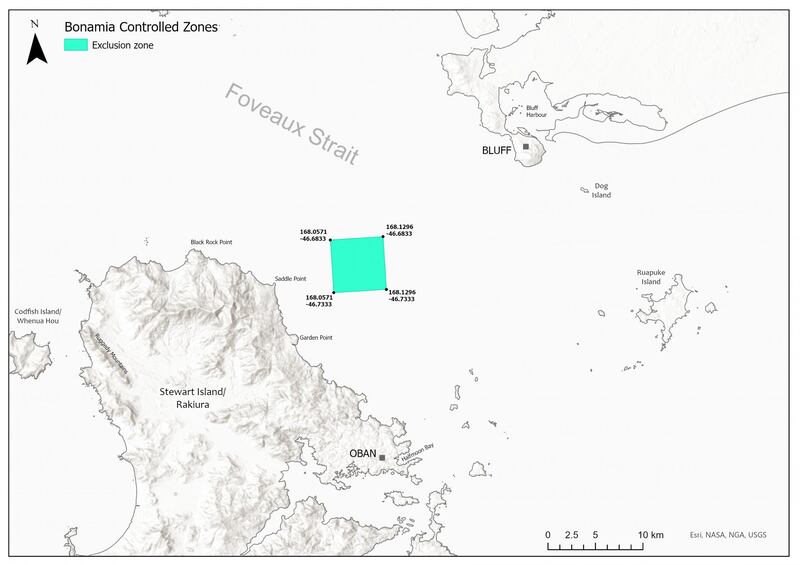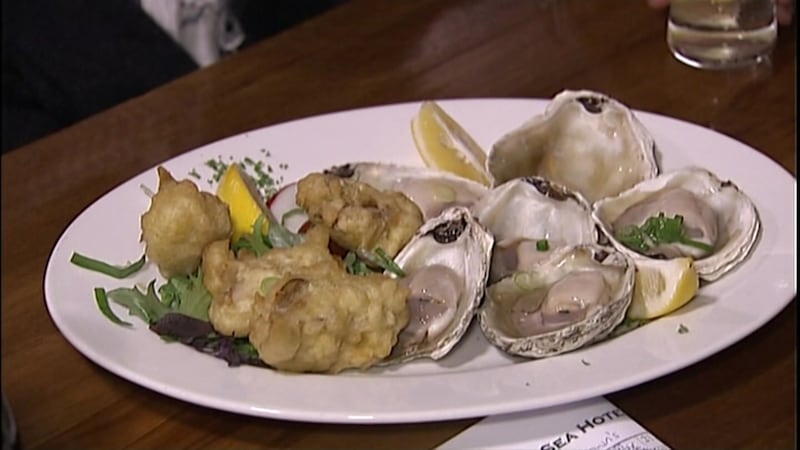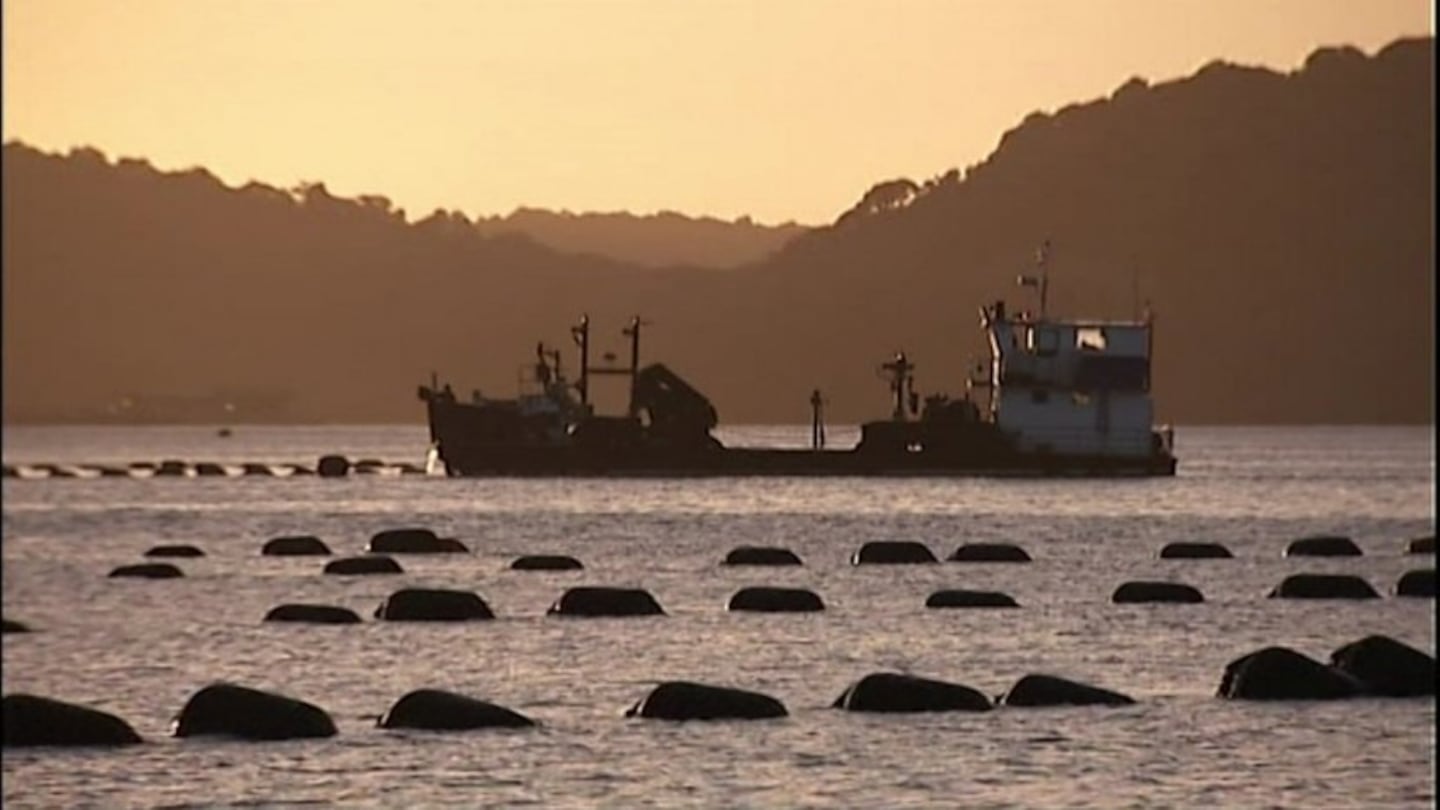Today Ngāi Tahu and Biosecurity New Zealand imposed a rāhui and a Controlled Area Notice to protect Bluff oysters.
There will now be a "no-take" zone in the Foveaux Straight around the area where three oysters were found to be infected with the parasite Bonamia ostreae.
Biosecurity New Zealand spokesperson Dr Catherine Duthie says the two controls were enforced from 2pm today. They will remain in place indefinitely.
“We have partnered with Ngāi Tahu, the oyster fishing industry and local authorities to determine whether Bonamia ostreae is elsewhere in the Strait and jointly agree the most appropriate measures to manage the situation," Dr Duthie says.
“While we carry out urgent sampling and testing of oysters from a range of Foveaux Strait locations, we have jointly agreed that it is appropriate to stop people taking oysters from the affected area.”
Both the rāhui and the Controlled Area Notice (CAN) set out a small geographical area where people cannot fish, or dredge for oysters. These activities could increase the risk of spreading any disease.

The controlled zone is a 30.9sq km area located east of Saddle Point on Stewart Island. (See map)
“These controls will not affect the availability of Bluff oysters,” says Dr Duthie.
“The controlled aea is small and hasn’t been fished in the past five years. There are plenty of oysters available from other areas to provide a plentiful supply.
“We can’t stress enough that Bonamia ostreae does not affect food safety and fresh Bluff oysters are safe to eat.”

Testing of some oyster samples have already been done as part of a separate surveillance programme that’s run for the different type of Bonamia already present in the area.
“We’re committed to working with our industry and iwi partners on this uncertain situation," Dr Duthie says.
"We understand this may be stressful for those who derive their income from the fishery and the communities who value the taonga.”
If anyone is affected by this, please email us at teao@maoritelevision.com

